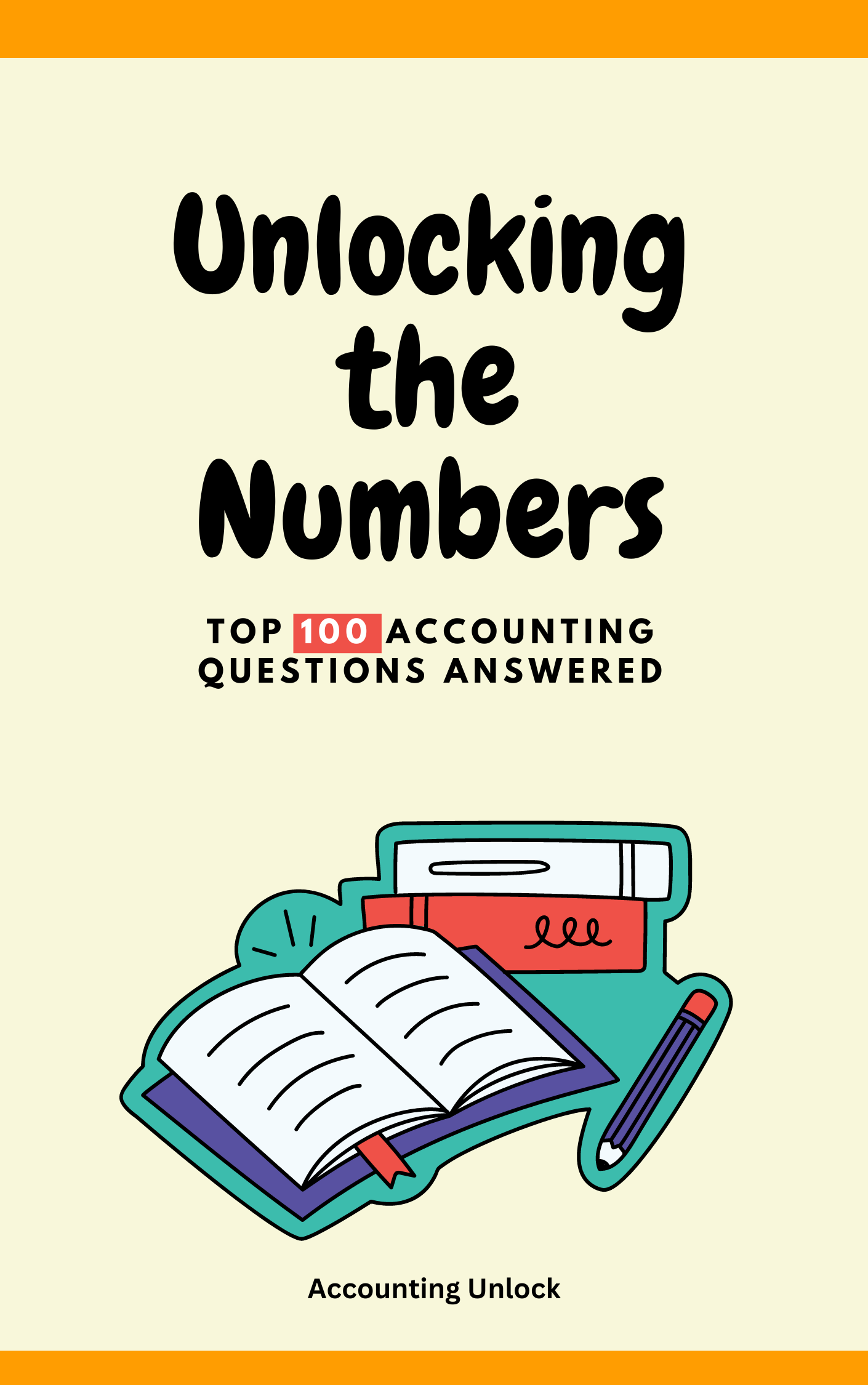Ever wonder how companies figure out how much a product or service truly costs? Traditional costing methods often rely on a single factor, like labor hours. But what if that doesn’t tell the whole story? Enter Activity-Based Costing (ABC)!
Here’s a breakdown of ABC in 5 points:
- Beyond the Surface: Traditional costing might allocate costs based on a simple factor like direct labor hours. ABC goes deeper, considering various activities that contribute to a product’s or service’s cost.
- Identifying Activities: The first step in ABC is identifying all the activities involved in producing or delivering a product or service. This might include designing, setting up machines, ordering materials, and more.
- Cost Drivers: ABC assigns costs to these activities and then identifies “cost drivers.” These are factors that influence the cost of each activity. For example, the number of setups might be a cost driver for machine setup activity.
- Accurate Cost Allocation: By linking costs to activities and then to products or services based on their use of those activities, ABC provides a more accurate picture of how much each product or service truly costs.
- Better Decision Making: With a clearer understanding of costs, businesses can make better decisions about pricing, product development, and resource allocation.
So, ABC helps companies see beyond the obvious costs and understand the true drivers of product and service costs, leading to more informed business decisions.





